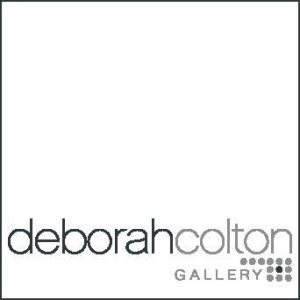David Adam Salinas considers photography historically as being a medium that is most often associated with clarity, sildenafil free from any artifacts from which it was made. His aesthetic approach highlights the process of analog photo making with chemistry, the paper it is printed on, and evidence of hand crafted or applied alternative materials. He uses solvents and paints combined with custom developing recipes to manipulate the image in the same manner a painter would approach a canvas. He combines traditional darkroom photographic techniques with his own devices to produce a final image from his experience that weaves the subject matter of the photograph with the final treatments of the processes employed.\n\n\n\n1. What do you do to bring art to the surrounding community?\n\nI feel I like to get out in the surrounding area of the studio. I take portraits of the people in that community. They’re mainly \”street people,\” but it’s for me it’s different because I have developed a relationship with them. Almost everyone I photograph on the street loves that I spend time with them, it’s nice to not be ignored. I go out of my way to communicate with them because they deserve that. That’s what they want, not the money or the sympathy, but to be acknowledged. I know the story behind the image… that’s what I bring that’s different.\n\n2. How did you first get into photography?\n\nI’ve always wanted to be an artist. I tried painting, but I never developed an artistic manner. I grew up idolizing artists, it was a path I always wanted to follow, but I didn’t have the knowledge. I didn’t have the training to get there. Five or six years ago, I got really into photography. I would just read endless articles and watch videos to really learn. I got a job at a camera store, being around people in the photography community taught me so much. It was amazing hands on learning. I felt like I learned more than my friends who were taking classes at the local universities. The path I chose to take has really benefited my passion.\n\n3. What type of art do you most identify with?\n\nPainting. My photography gives more of a painterly feel, you can tell it was created by hand. I love the uncommonness to the tone. Its something handmade and the gesture is left with the image. That’s why I identify most with painters.\n\n4. What is your biggest dream as an artist? \n\nTo be remembered. I want to have images that will last, something that is iconic.\n\n5. What is your favorite thing to do besides photography?\n\nSleep, I never do.\n\n6. What was your inspiration for your part of Collective Solid?\n\nJust being around the group and knowing your’re part of something big. Being the inexperienced one in the group motivates me to make something great so I can feel like I belong with them.\n\n7. What is the most memorable thing someone has said to you about your work?\n\nA few years ago at a show I was showing photographs at, an older woman told me she loved my watercolors. She taught my photographs can be interpreted wildly differently and that meant so much.\n\n8. How do you think people should try to find art in their daily lives?\n\nTo just be a good observer. Seeing what would make a good photo or composition.\n\n9. Do you have any advice for aspiring artists?\n\nIt is important to have an incredible drive. There will always be set backs, but the drive to keep going early on will really set you apart.
